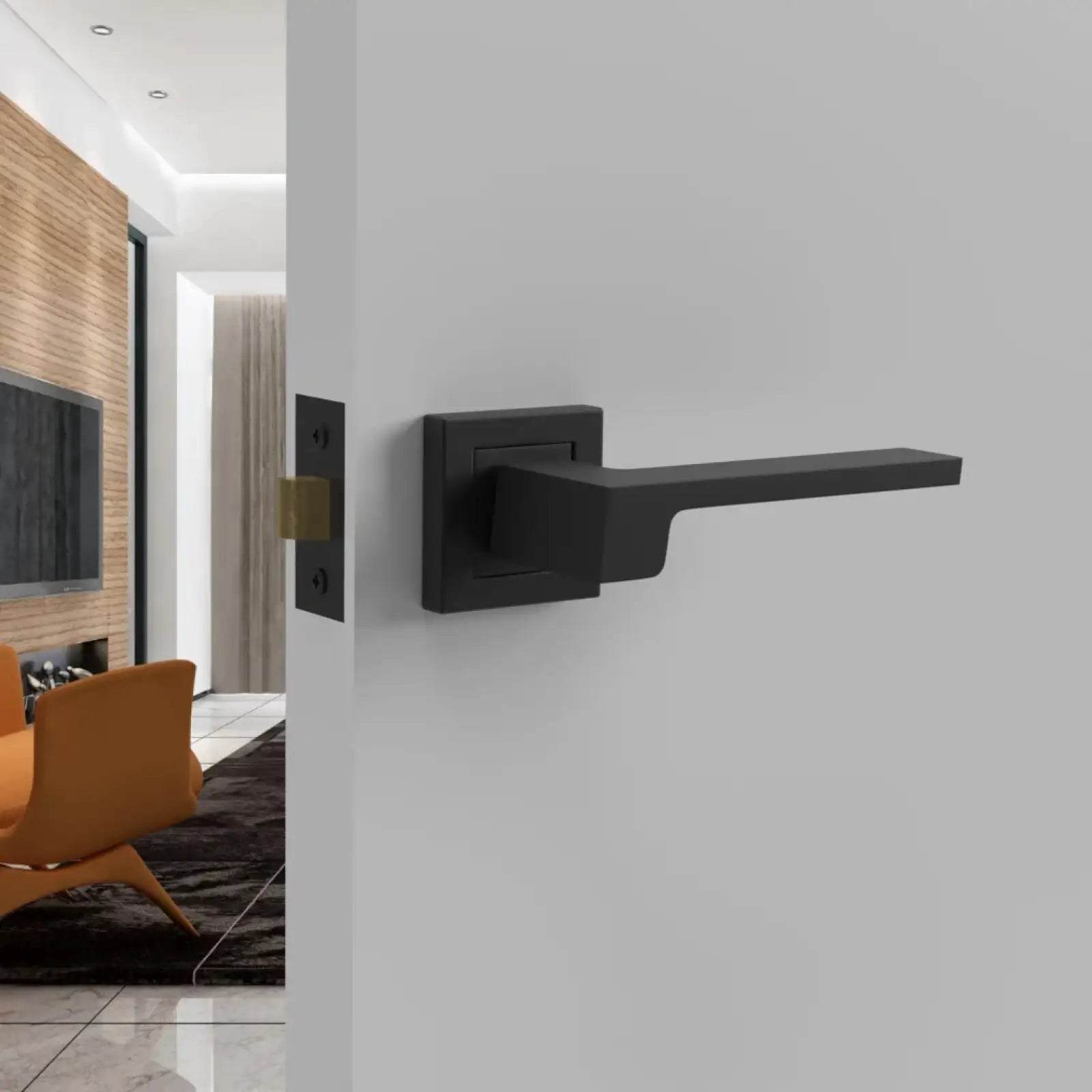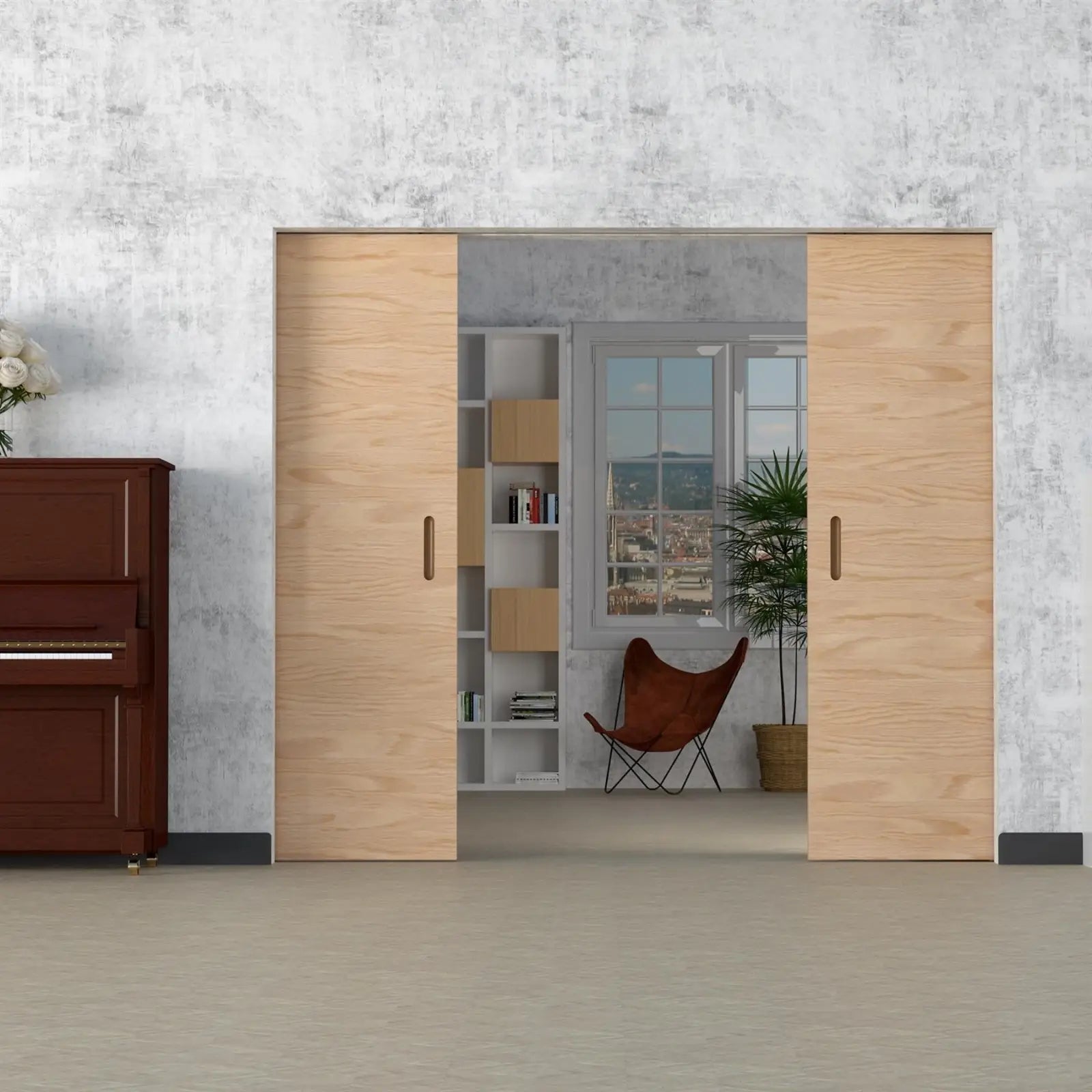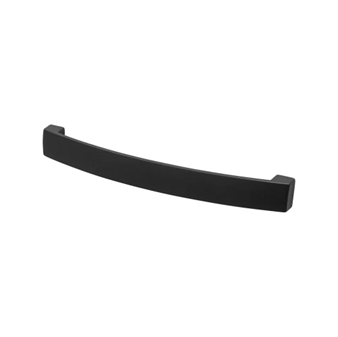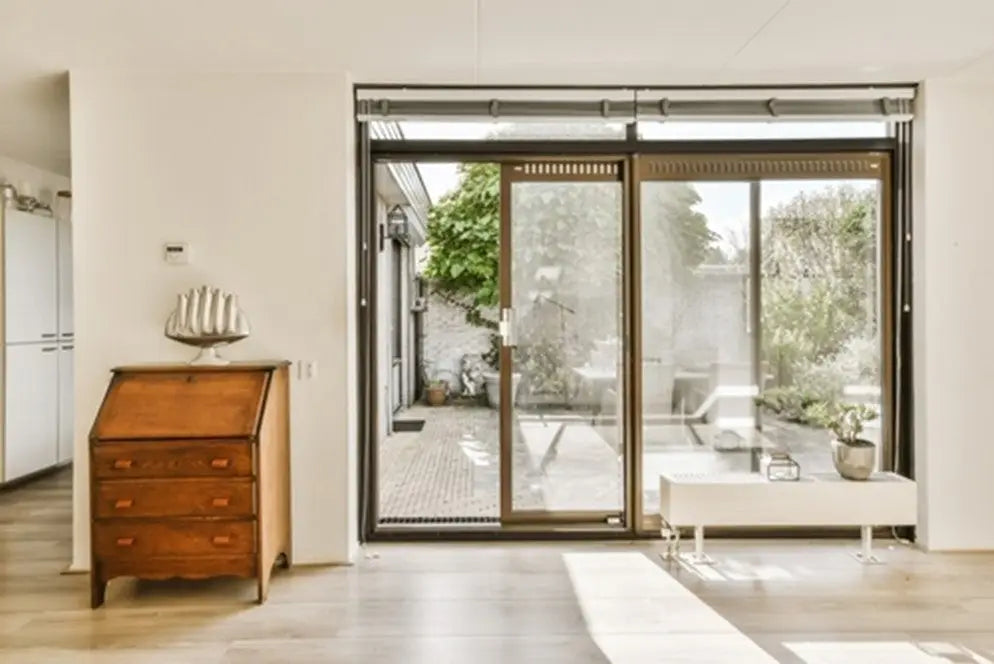How To Insulate Sliding Glass Doors
Sliding glass doors are hugely popular because they let in a lot of natural light, take up less space, and create a wonderful indoor-outdoor flow. While great strides have been made in insulating technologies, large glass panes can still lead to significant heat loss in colder months and heat gain in summer. Learn how to insulate sliding glass doors for winter or summer, to create a more comfortable indoor environment while lowering your energy bills.
Effective Methods to Insulate Sliding Glass Doors for Winter
Glass sliding doors are a great addition to any home, but because they are not insulating, they tend to lose more heat and energy than other types of doors. Thankfully, there are steps you can take to insulate your sliding glass doors, and combining methods is often best to keep out the winter cold. Here are our top suggestions for how to insulate sliding glass doors.
Using Weatherstripping and Draft Stoppers for Better Insulation
Weatherstripping is a great way to add insulation and avoid drafts in a home. Weather strips are adhesive strips made from rubber, foam, felt or plastic. They are flexible, durable, weather-resistant, and come wrapped in a large wheel.
Installing weather stripping is easy. Simply cut it to the required length and apply it around the edges of the door to seal gaps and prevent drafts. This will create a tight seal and keep the heat in, and the cold out.
Energy-efficient Glass
Upgrading your home with energy-efficient sliding glass doors will improve its energy efficiency and reduce heat loss in the winter. Energy-efficient doors are made of Low-E (low-emissivity) glass, have insulated aluminium frames, and are double or triple-glazed. The upfront costs may be higher than traditional glass doors, but the long-term savings can be significant.
Insulating Curtains
Insulating curtains or thermal drapes are heavy, thermal-lined curtains that block cold air and retain heat indoors by creating a dead-air space between the window and the room. They are made of multiple layers of materials that provide thermal resistance and prevent thermal transmittance. They are usually constructed in three layers, although you can also find two- and four-layer curtains.
Draft Stoppers
Draft stoppers are designed to reduce drafts, improve energy efficiency, and maintain indoor comfort by sealing gaps around sliding door edges. They are typically made of foam, rubber, or fabric. Some door stoppers incorporate magnetic elements that provide a stronger seal and close gaps caused by misalignment.
Window Film
Window film is popular for improving energy efficiency and, depending on the type you use, can also block UV rays, reduce glare, and enhance privacy. It works by applying a thin adhesive layer of film over the glass to create an insulating barrier. This is an inexpensive and temporary solution.
Insulating Panels
Insulating panels are designed to fit over or inside the sliding door frame, blocking cold air completely. They are usually made of light materials and easy to install. You can choose between clear, foam-core, reflective, plexiglass or polyurethane panels.
Caulking
Caulking compounds are flexible sealing compounds used to seal gaps in buildings and homes. There are different types, and which one you use will depend on whether you use it indoors or outdoors and how extreme the weather is where you live. Polyurethane caulk is a heavy-duty sealer used in areas with significant exposure to the elements, while acrylic latex caulk is paintable and great for interior use.
How To Insulate Sliding Glass Doors for Summer and Reduce Heat
During summer, glass sliding doors allow a lot of sunlight to enter, raising the temperature inside your home. Fortunately, there are many effective ways to insulate glass sliding doors such as using a sliding door kit. Some methods, such as insulating curtains and caulking – used to insulate a sliding door to keep the heat in – will also keep the heat out.
Reflective Window Film
Reflective window film, also known as UV-blocking window film, reflects solar heat away while still allowing light to enter. It reduces the amount of infrared radiation (heat) that passes through the glass, contributing to a cooler interior. It’s available in clear or tinted options.
Shade screens
Shade screens or mesh are great for keeping the sun (and bugs) out of your house. They can be installed inside or outside your glass sliding door. The screens come in various colours and consist of PVC-coated fibreglass mesh that is affixed inside an aluminium frame.
Cellular shades
Also known as honeycomb shades, these shades are made of layers of fabric that form air pockets. They trap air in the cells, which helps to block heat from entering your home. They’re available in various styles, including black-out or light-filtering options, and are mounted inside the door frame.
Best Window Films and Treatments for Summer Insulation
The best window films and treatments for insulating glass sliding doors during the summer are dependent on your specific needs. These include how much sunlight enters your house and your local weather conditions. The level of insulation you need and your aesthetic preferences also play a role.
Reflective window films and ceramic films are excellent at reducing heat gain and UV rays while maintaining visibility. Cellular shades and thermal curtains are great for added insulation and saving energy, but they reduce visibility and let less light through. Another treatment to consider is shade screens and awnings, which block out heat before it even reaches the glass.
How To Improve Energy Efficiency with Sliding Glass Door Insulation
For summer: Your best bet is reflective window film, which will last between ten and fifteen years, or an awning installed outside the sliding door. Another really budget-friendly option is to cut pieces of bubble wrap to the size of the sliding door. Moisten the glass with a spray bottle and place the bubble wrap against the panes.
For winter: Caulking and draft stoppers are the cheapest and easiest ways to keep heat in during cold winters. Depending on how many gaps need sealing, weatherstrips are also an inexpensive option. Bubble wrap also works well to keep heat in.
Insulating Sliding Glass Doors Without Replacing Them
One way to improve the insulation of sliding glass doors without the need for expensive replacements is to weatherstrip the edges. This helps seal gaps to prevent drafts and heat loss. Adding thermal curtains or energy-efficient window films can reduce heat transfer even more and maintain a consistent warmth.
DIY Tips for Insulating Sliding Glass Doors on a Budget
Sometimes you’d rather do it yourself. For a budget-friendly approach, use foam insulation tape or draft stoppers to seal gaps around the door frame, or install insulating blinds or curtains to block heat during summer and retain warmth in winter. Window insulation kits with plastic film are an easy, low-cost way to improve thermal performance.
Whether you're looking for a top-hung sliding door, a double glass sliding door, or a synchro sliding door, we have it all. Our collection includes kits for every style and space. Browse our selection of sliding door kits and buy online today!
FAQs
Are there any DIY methods to insulate sliding glass doors effectively?
Yes, you can insulate sliding glass doors with simple DIY methods like applying window film to block drafts and reduce heat transfer. Another effective option is using caulk to seal gaps around the door frame, preventing air leakage. Both methods are cost-effective and easy to implement, improving insulation without requiring major changes.
How much energy can you save by insulating your sliding glass doors?
The energy savings from insulating sliding glass doors depend on the insulation method used and the current efficiency of your doors. Proper insulation can reduce energy loss and save approximately 10 to 25% on annual energy bills. This translates to noticeable cost savings while improving indoor comfort.
Can you install a sliding door curtain to help with insulation?
Yes, installing curtains, especially thermal or insulated ones, can significantly enhance the insulation of sliding glass doors. These curtains act as an additional barrier, reducing heat loss during winter and minimizing heat gain during summer. They are an affordable, stylish solution to boost energy efficiency in your home.






